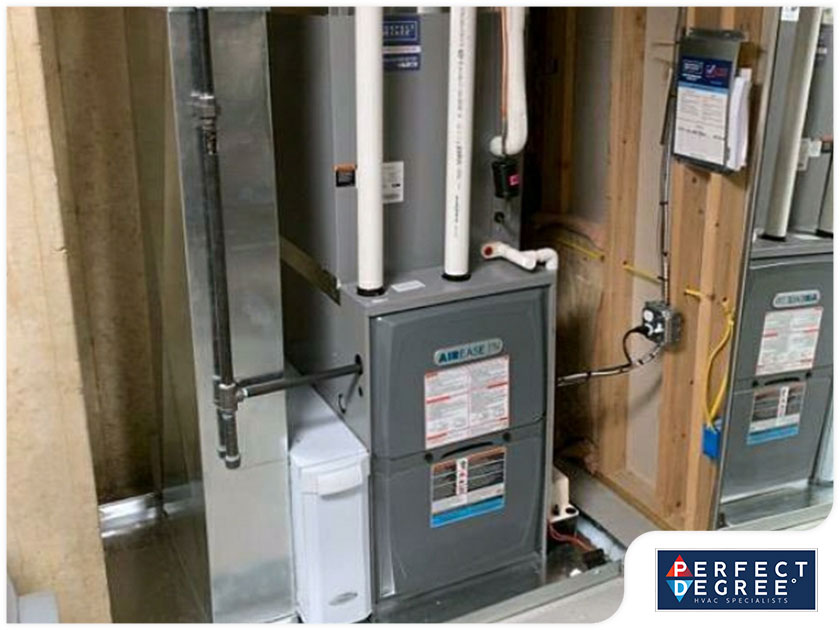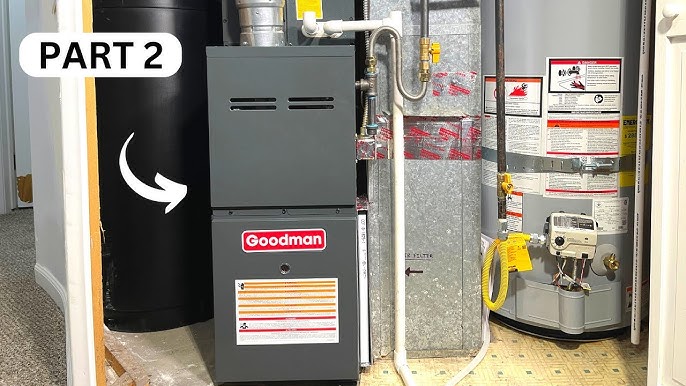Find the leading heating company for furnace repair and expert repairs
The Ultimate Guide to Heating System Installment for a Cozy Home
Heater installation is a vital facet of preserving a comfy home environment, specifically throughout the colder months. Understanding the different kinds of furnaces offered and the importance of selecting the suitable dimension can substantially affect both performance and convenience degrees. Additionally, a thorough setup procedure, matched by the right tools and materials, ensures ideal performance. This guide aims to gear up homeowners with the expertise required to make educated decisions and carry out reliable upkeep methods. As you take into consideration these factors, the question stays: what steps can you take to guarantee your heating system offers you well for years to find?
Types of Heating Systems
When taking into consideration heater installment, understanding the numerous sorts of heaters available is crucial for making an informed choice. The key kinds of heaters consist of gas, electric, and oil furnaces, each offering distinctive benefits and considerations.
Gas furnaces are the most typical selection as a result of their efficiency and lower functional prices. They use gas or propane, giving quick heating and consistent efficiency, making them optimal for cooler environments.
Electric heating systems, while generally easier to install and maintain, have a tendency to have higher functional prices. They are often favored in locations where gas service is unavailable or for homes with existing electric facilities.
Oil heaters, though much less usual today, remain a feasible alternative in specific areas. They burn heating oil, which can be advantageous throughout colder months, however their reliance on oil shipment positions prospective obstacles.
In addition, there are high-efficiency designs available across these types, which can significantly decrease energy intake and utility expenses. Inevitably, understanding these heating system types will help home owners choose a system that aligns with their home heating needs, budget plan, and energy choices.
Picking the Right Dimension
Choosing the ideal size for a heating system is essential to guaranteeing optimal performance and energy performance. An undersized heater will certainly struggle to keep comfortable temperature levels during the cold months, bring about increased wear and tear, greater power costs, and possible system failing. Alternatively, an oversized furnace might cycle on and off also regularly, leading to inefficient home heating and irregular temperature level distribution within the home.

Heating system dimensions are typically determined in British Thermal Units (BTUs), which show the amount of power called for to heat up a room. It is recommended to speak with a qualified heating and cooling expert that can do the needed estimations and suggest a properly sized system. furnace repair. Buying visit the site the best heating system dimension not only boosts comfort yet additionally adds to long-lasting power financial savings and system reliability
Installation Process Overview
When the suitable furnace dimension has actually been established, the next action entails comprehending the installment procedure. This process normally begins with an extensive assessment of the installment website, including the existing ductwork and ventilation systems. Correct preparation is important to ensure smooth combination and optimum performance of the new heating system.
The installment usually consists of separating the old device, which entails securely getting rid of any kind of electric links, gas lines, and ductwork affixed to the previous heater - furnace repair. When removed, the brand-new heating system is very carefully positioned and leveled, guaranteeing that it satisfies the producer's specifications for optimal operation
Following, the installer will certainly link the required gas and electrical lines, adhering to neighborhood codes and safety and security guidelines. Following this, ductwork might need to be modified or changed to suit the new system, guaranteeing efficient air movement throughout the home.

Important Devices and Materials
Collecting the important devices and materials is vital for a successful heating system installation. Appropriate prep work guarantees that the installment process is effective and decreases the potential for mistakes.
Trick tools called for consist of a drill, screwdrivers, wrenches, pliers, and a level. A multimeter is necessary for electrical connections, while a pipeline cutter and flexible wrench are necessary for gas line setup. In addition, a tape step and a stud finder will certainly aid in ensuring precise positioning and safe and secure attachment of the heating system.
In terms of materials, you will need ductwork, insulation, and securing tape to ensure optimal airflow and power performance. It is likewise essential to have a brand-new furnace filter accessible, along with venting materials, such as PVC pipe or steel flue, relying on the sort of furnace being installed.
Safety tools, including gloves, goggles, and a face mask, is also important to shield versus dirt and particles throughout installment. Having all these devices and materials conveniently available not just streamlines the process but also enhances the safety and effectiveness of the furnace installation.
Maintenance Tips for Longevity
To guarantee the longevity of your furnace, it is important to execute a regular maintenance timetable that resolves vital elements click here for more info of the system. Begin by replacing or cleaning the air filter each to 3 months, as a stopped up filter can restrict airflow and decrease performance. In addition, check and clean up the blower setting up to protect against dirt build-up that can hinder efficiency.
Following, check the thermostat setups and alter if required to ensure exact temperature level regulation. Evaluate the ductwork for leaks or blockages, as this can bring about power loss and irregular home heating. Frequently lubricate the electric motor and bearings according to the producer's referrals to lessen wear and tear.
Specialist assessments should take place yearly, where a certified specialist can assess the heating system's overall problem, check for gas leakages, the original source and ensure that safety and security features are working correctly. Lastly, consider setting up a programmable thermostat to optimize energy usage and keep constant home temperature levels. By adopting these maintenance techniques, you can enhance your heating system's performance, extend its life expectancy, and inevitably delight in a relaxing and comfy home environment.
Final Thought
Efficient furnace setup is vital for attaining optimal home comfort and energy effectiveness. Recognizing different heating system types and picking the suitable size guarantees appropriate capability.